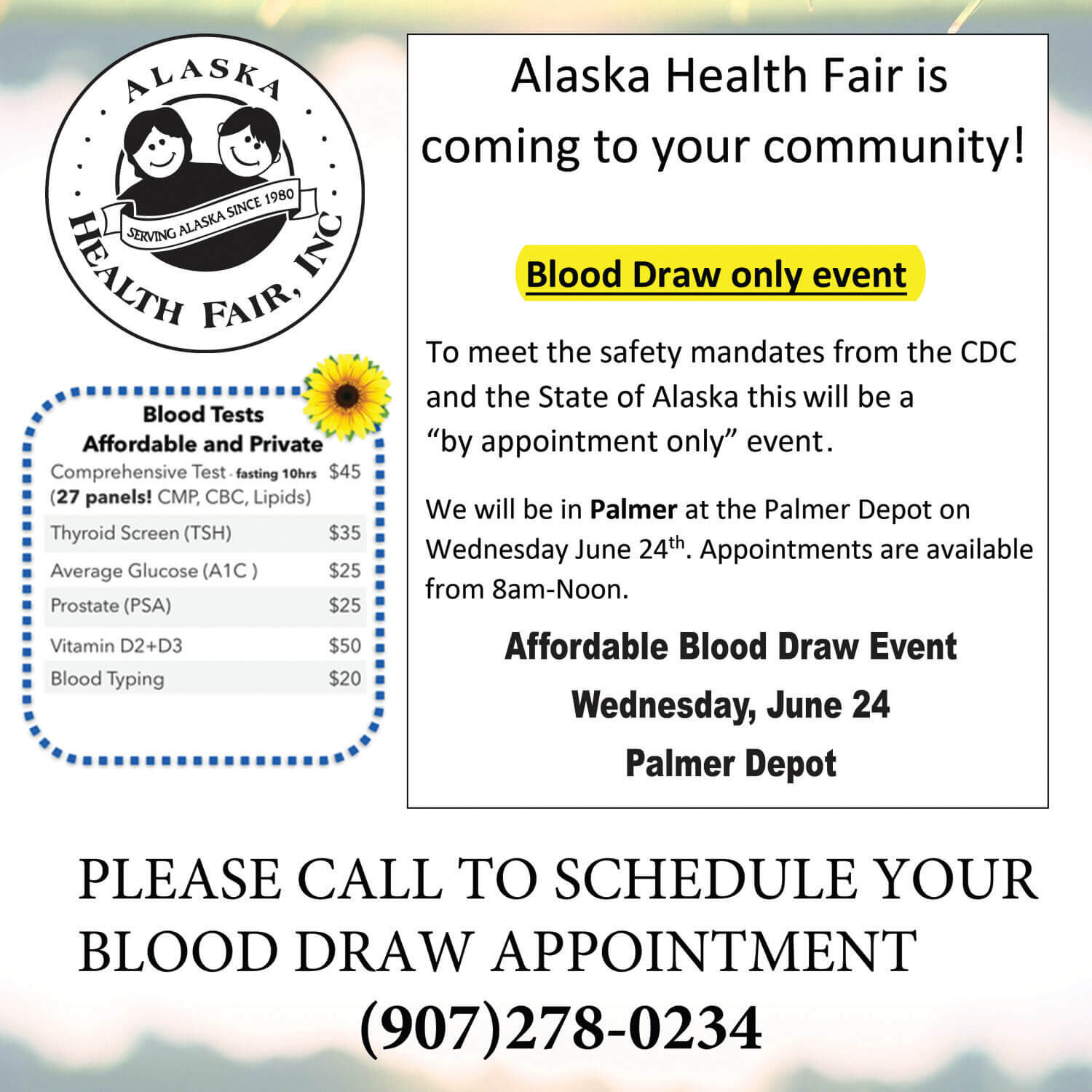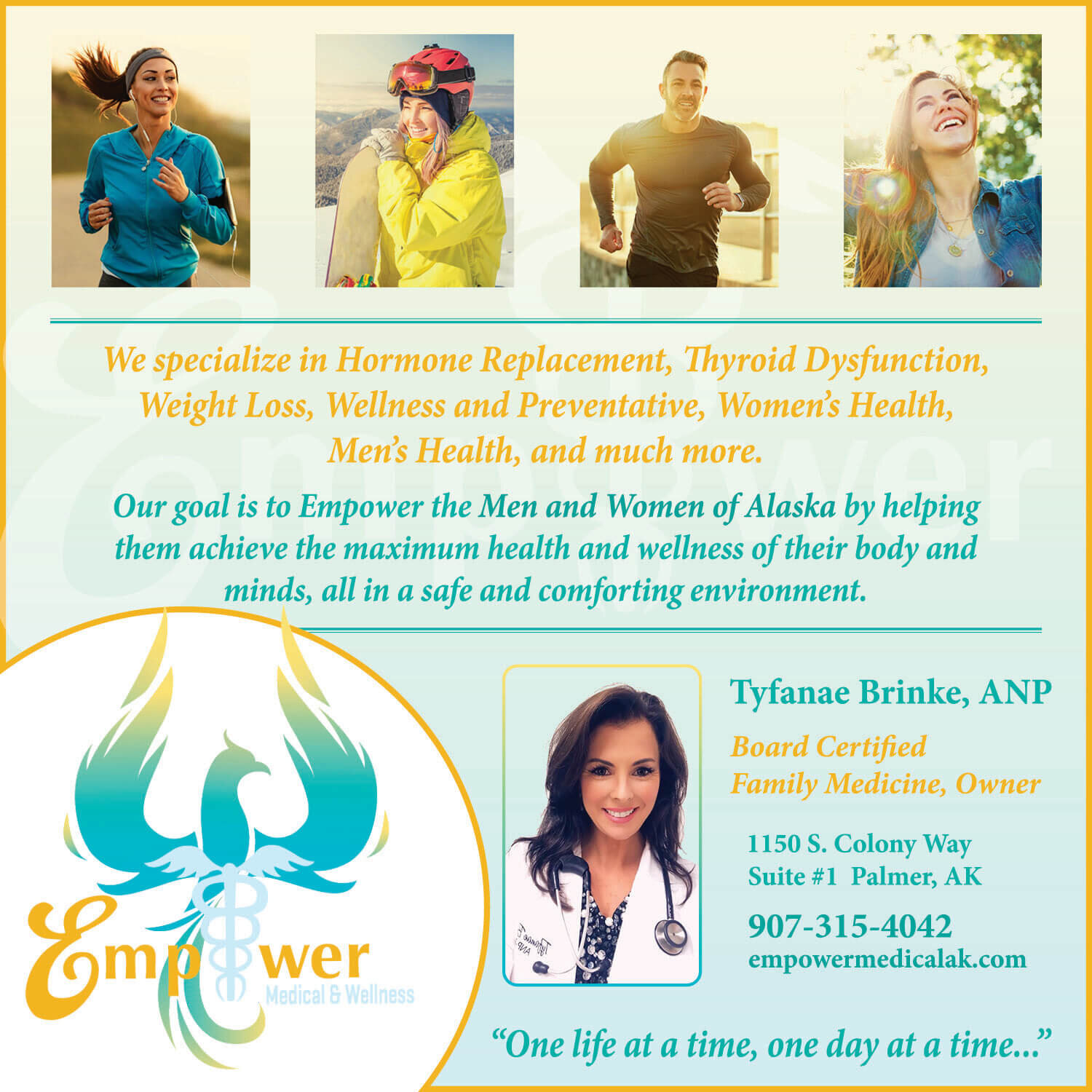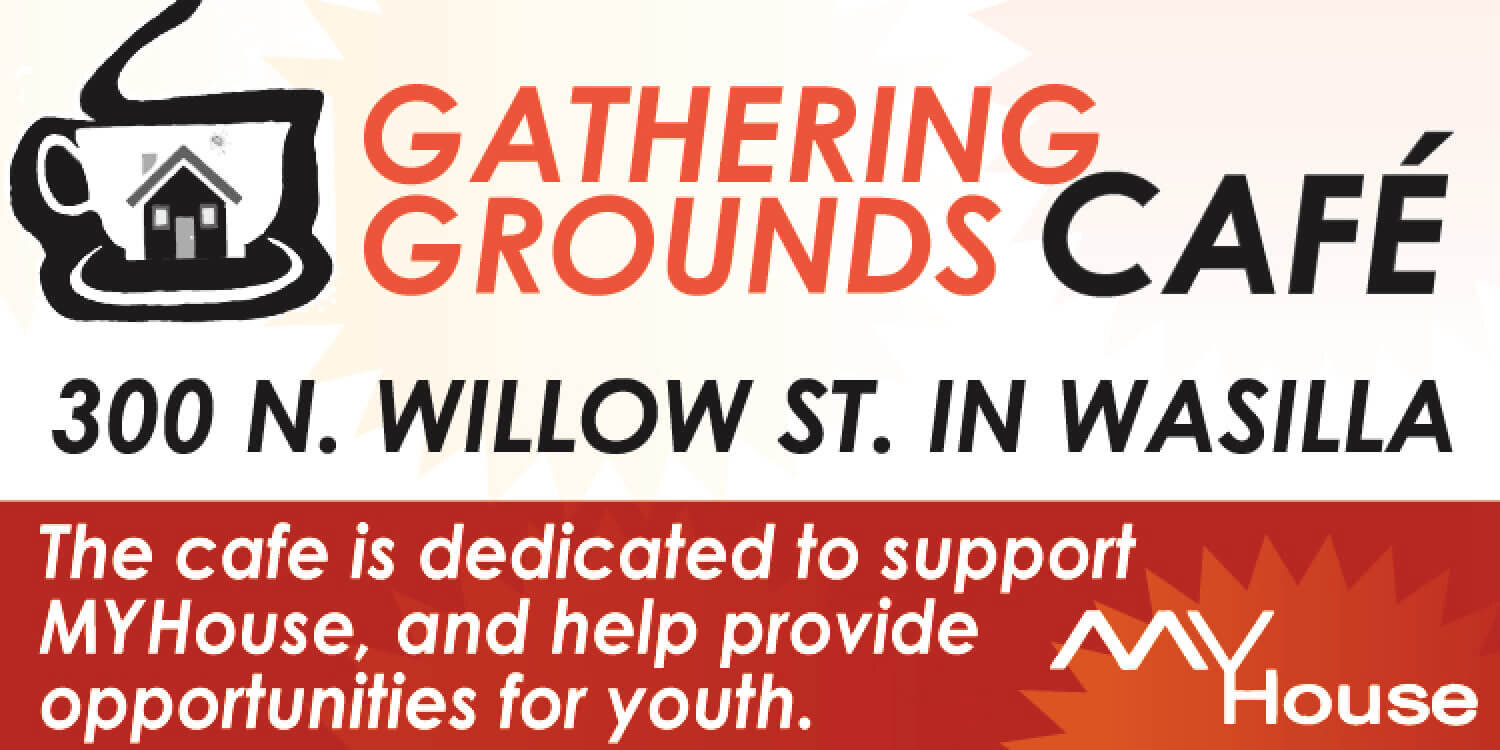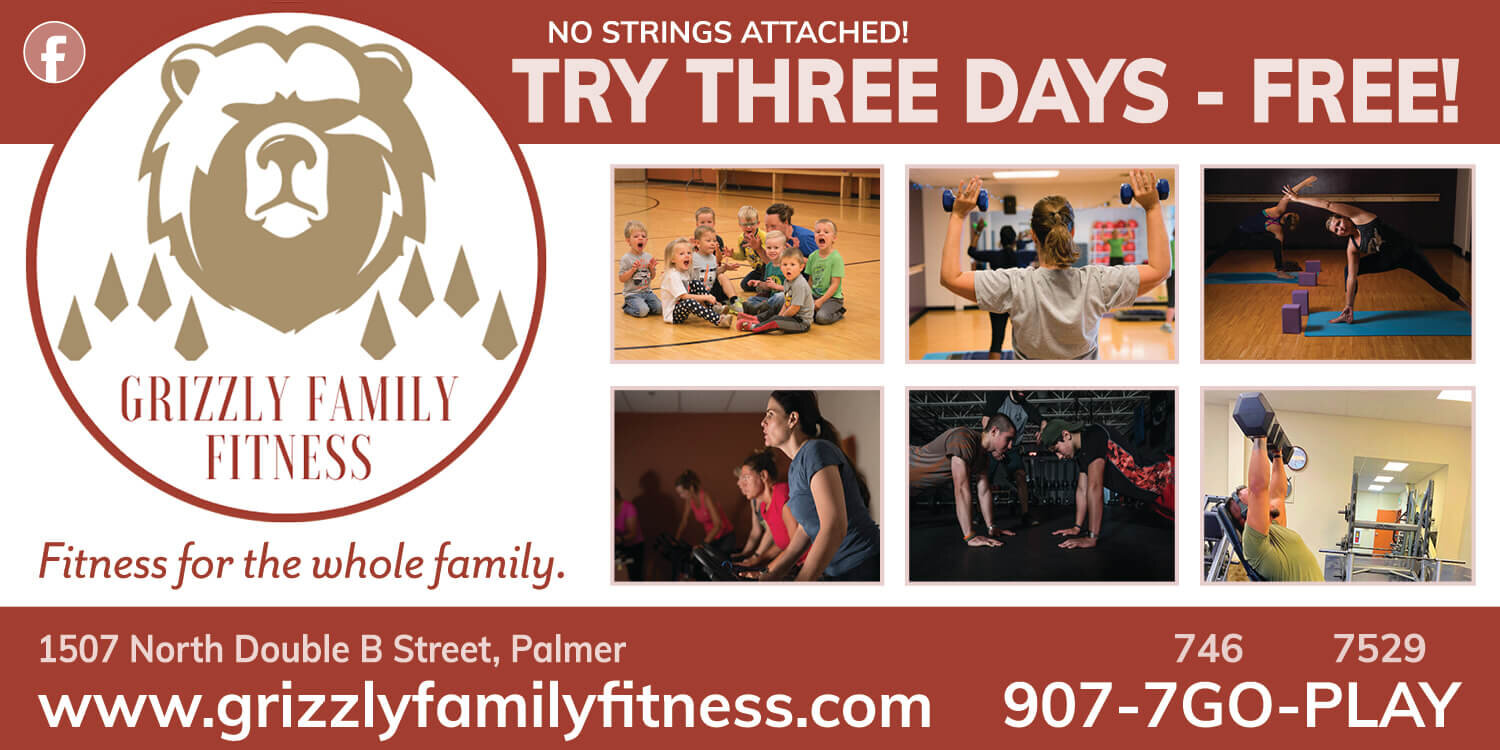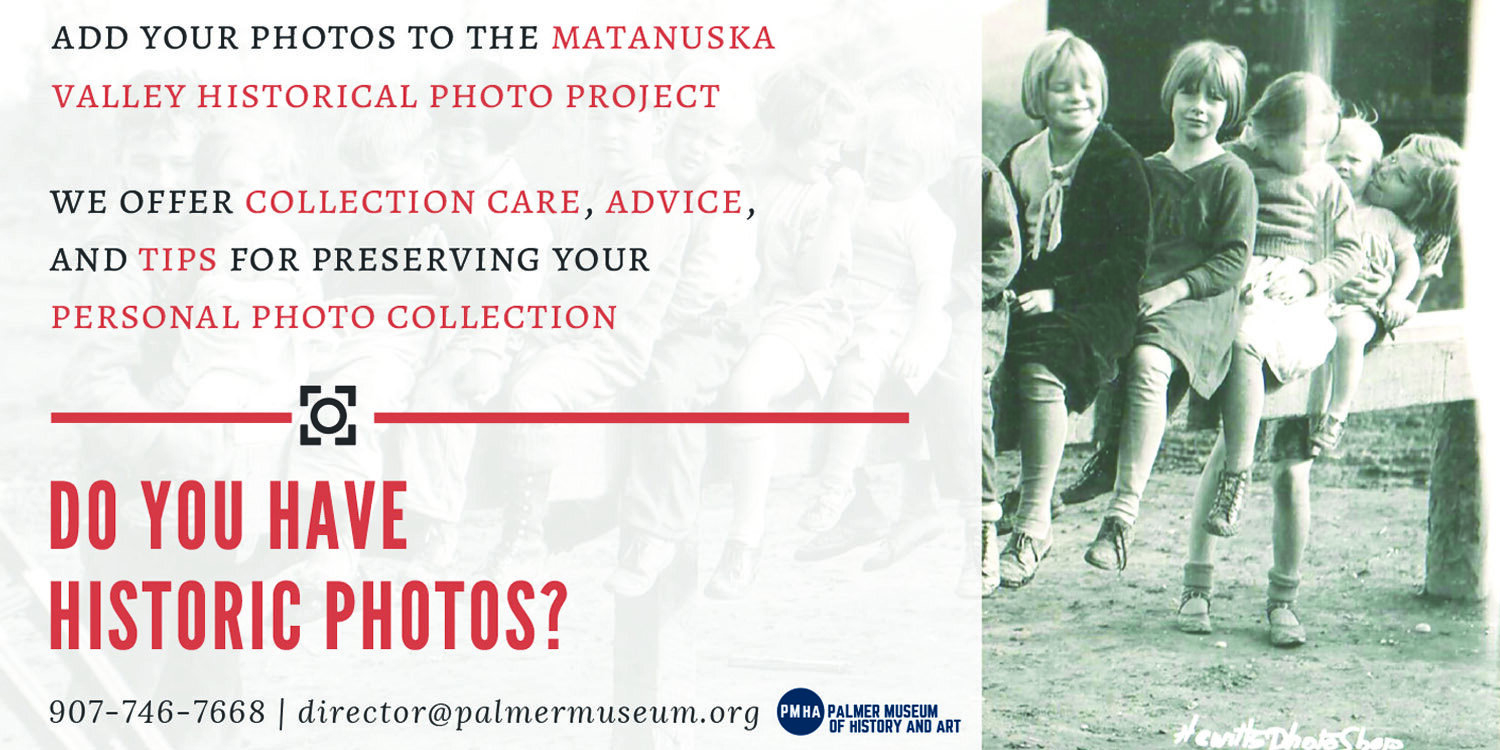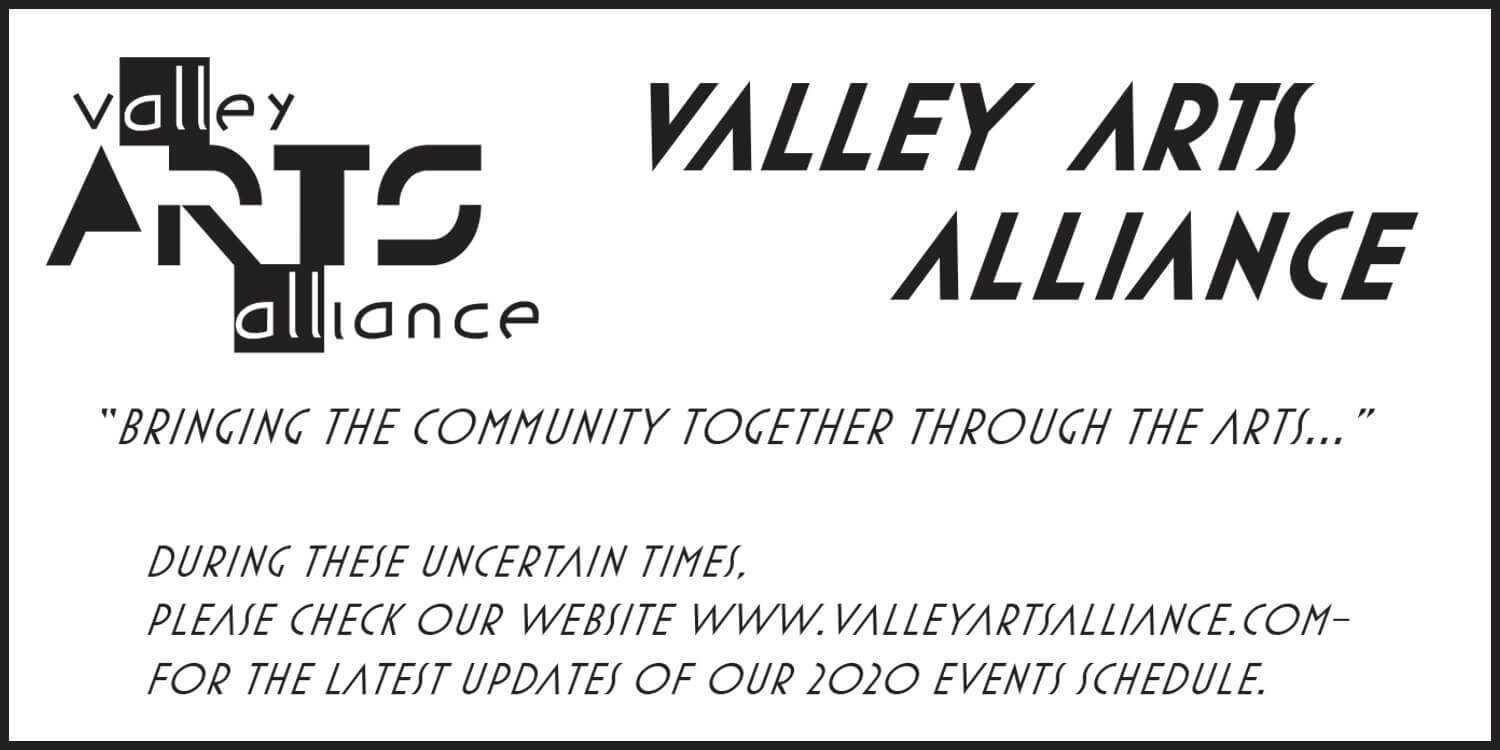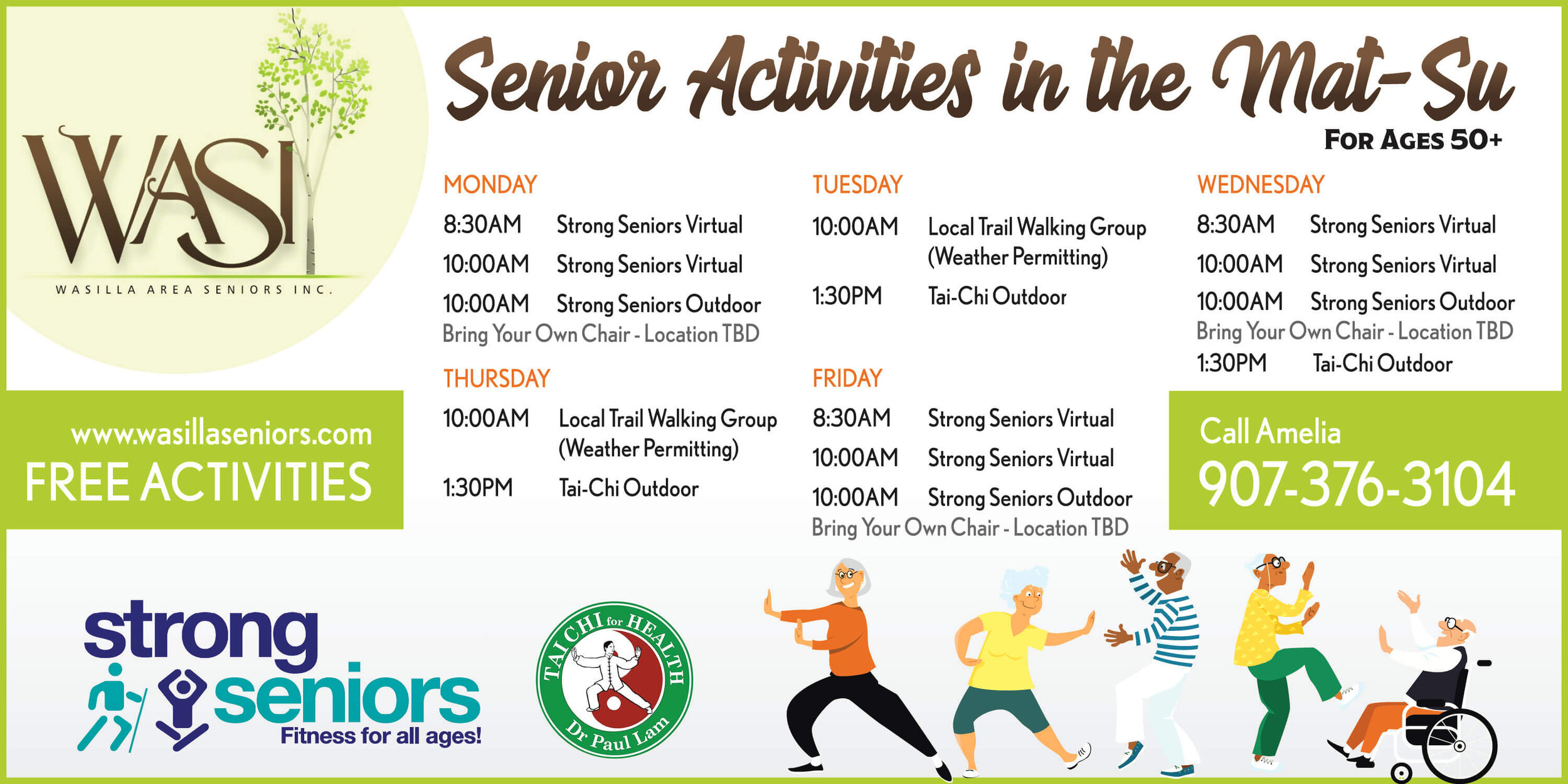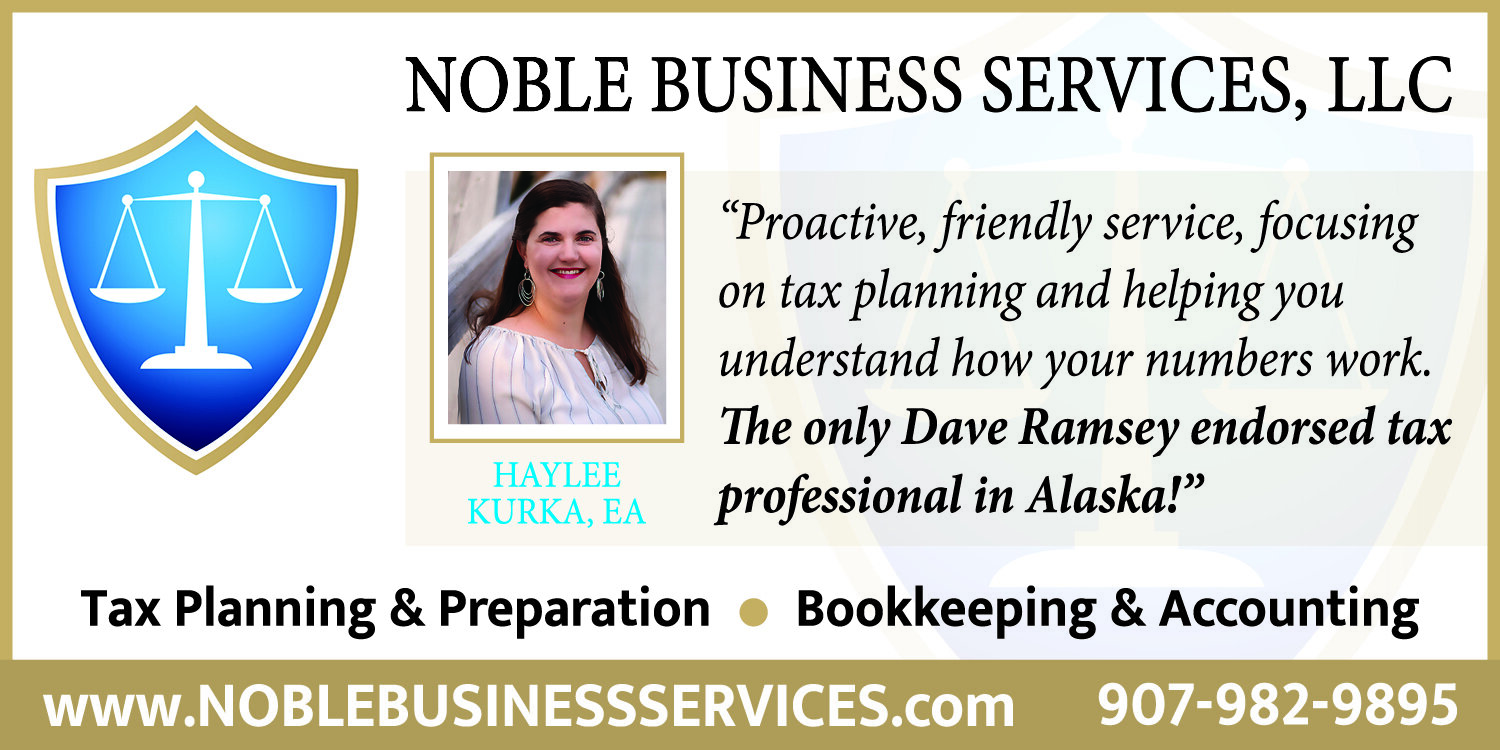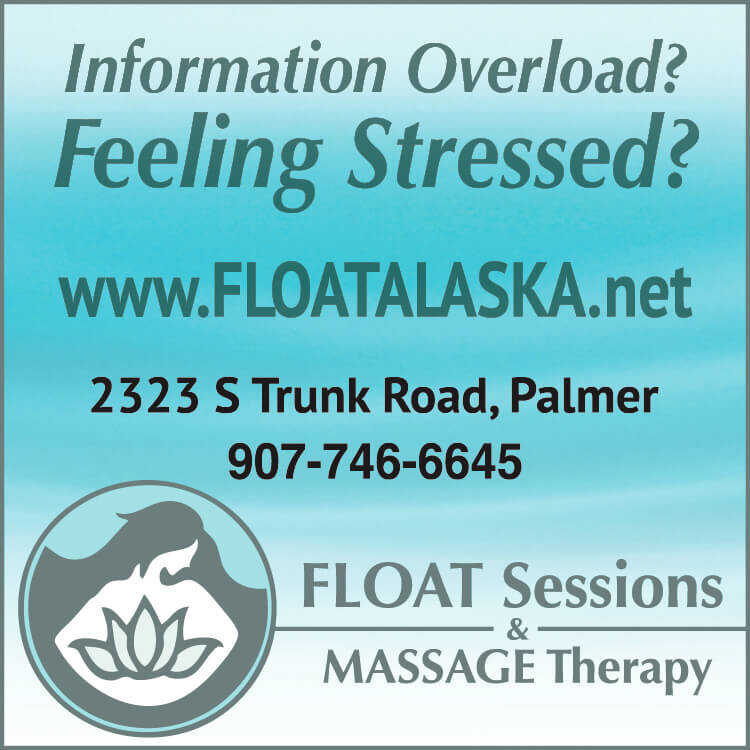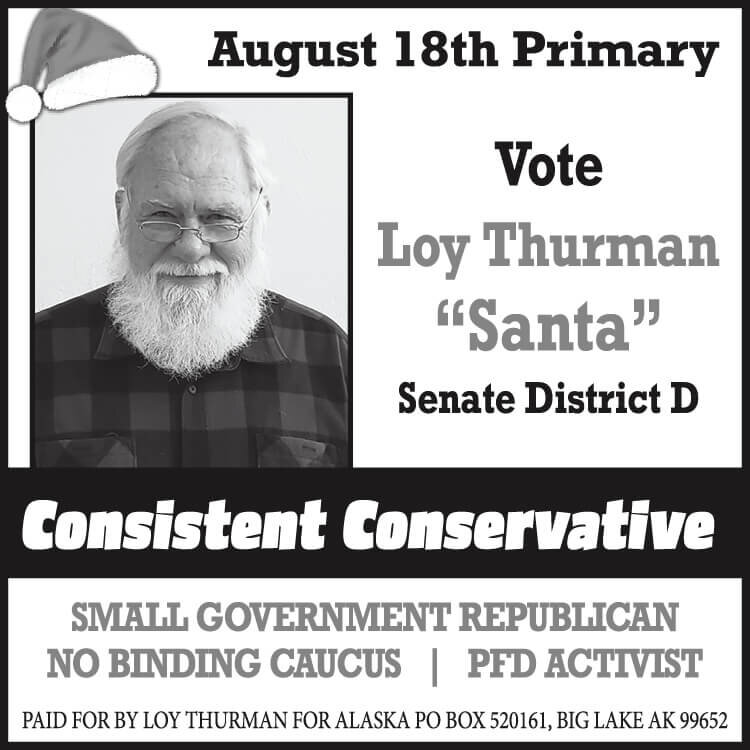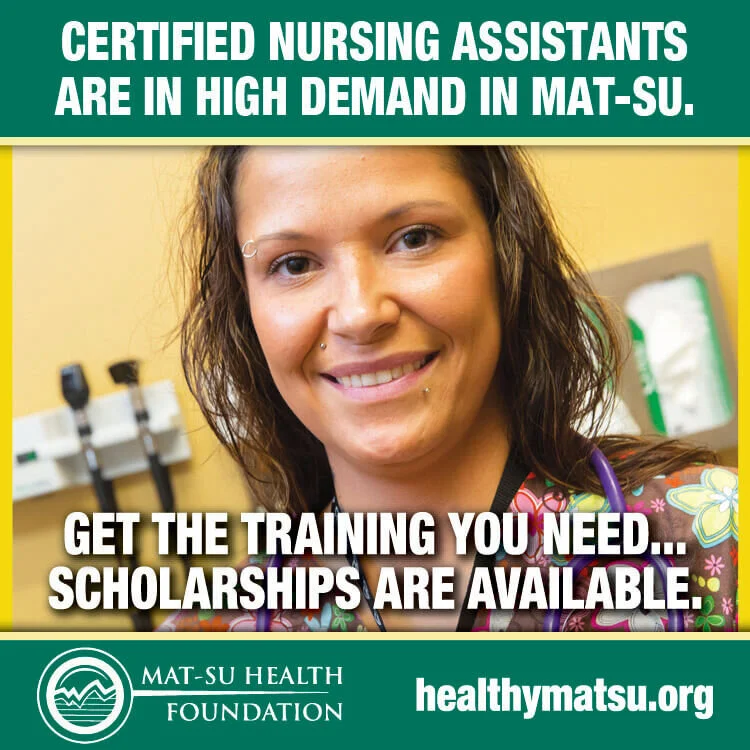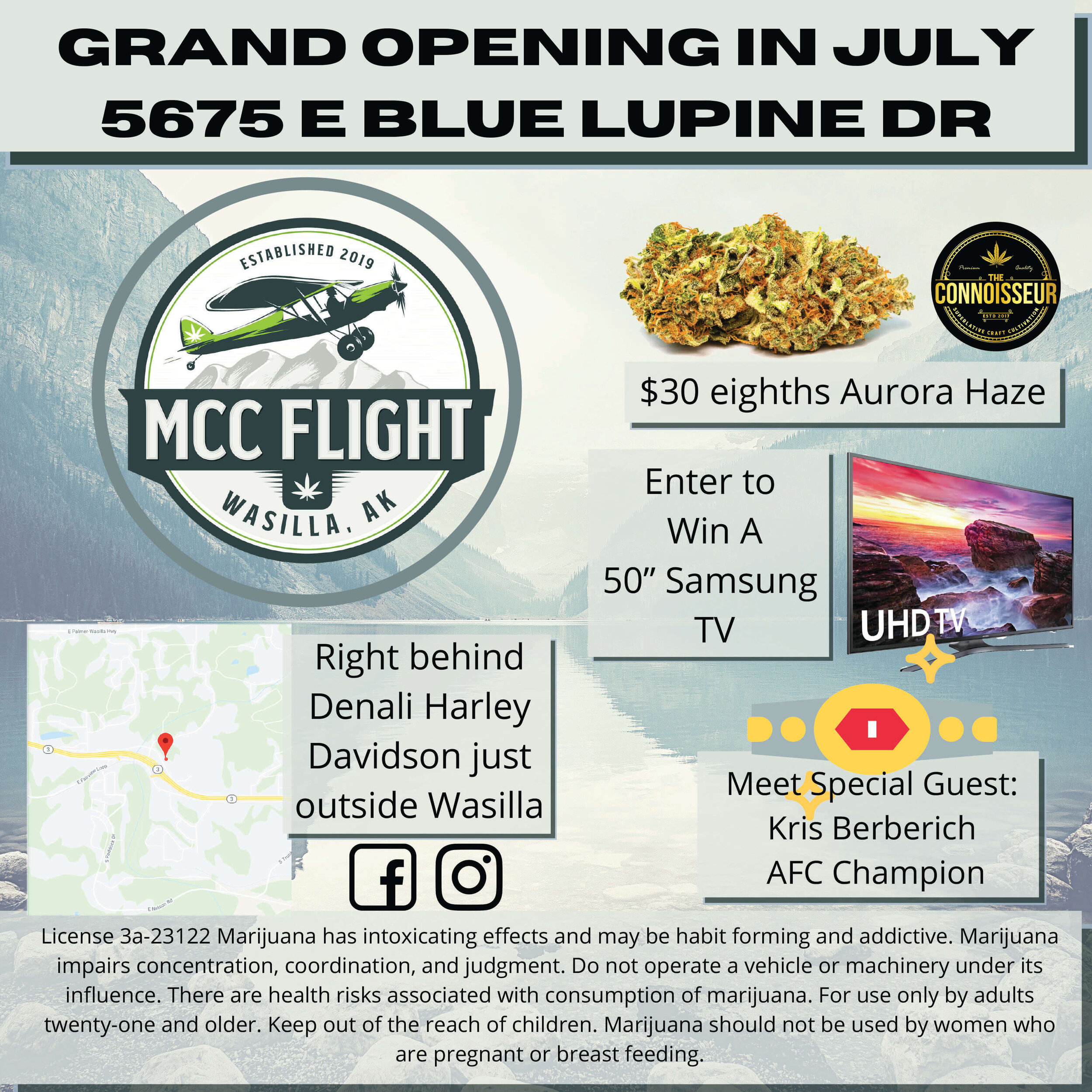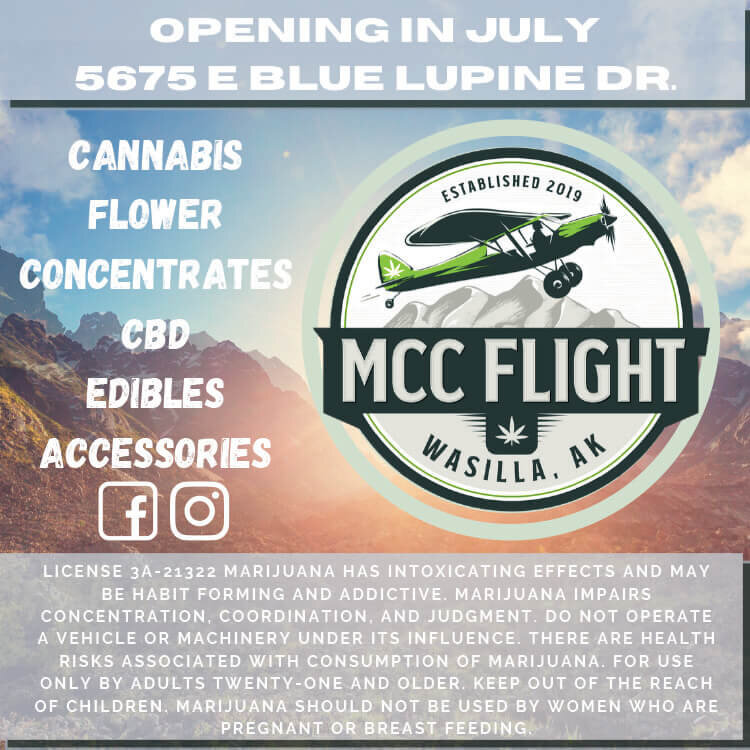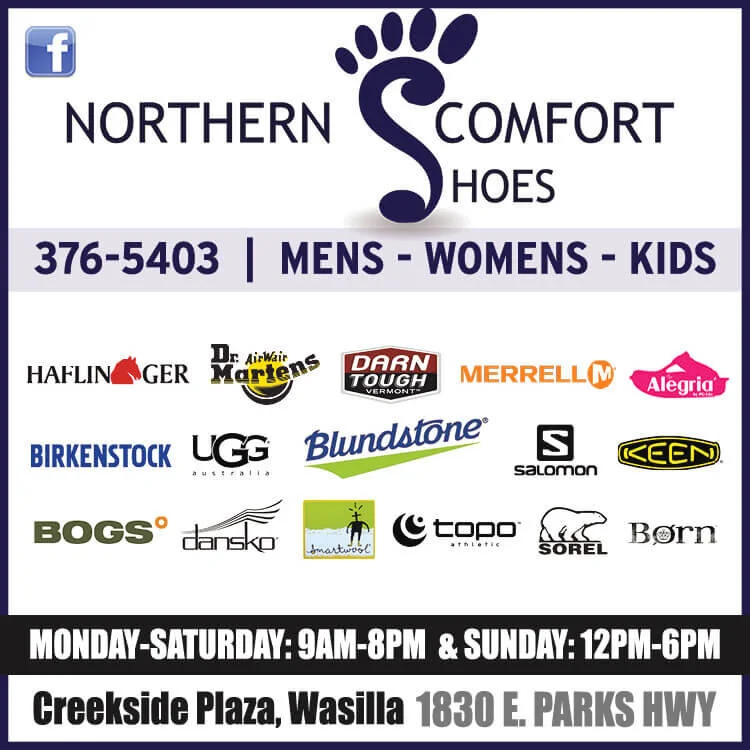Contributed by Debra McGhan
As the days grow longer and warmer, thousands of hearty Alaskans will head out to enjoy the great outdoors that surrounds us. Hatcher Pass teems with activity as Valley residents take advantage of the spring snow.
This includes lifelong Alaskans and just arrived visitors from around the globe all anxious to experience the best Alaska has to offer.
Sunshine & Smiles
(Photo Courtesy of Billie Sundgren-Tewalt)
Claire Sundgren, known to her friends as a ‘bad ass Alaskan girl,’ grew up in the cold north winters of Fairbanks and loved to play in the snow with her friends. On April 3, 2016 she left her two young sons with her mother (Billie Sundgred Tewalt) and went with her boyfriend to attend Arctic Man, the annual festival held near Summit Lake in the Eastern Alaska Range.
In 2016, this occasion was expected to set a record for the world’s largest snowmachine gathering and Claire, along with more than 10,000 others, was thrilled to be part of the action.
Blue skies and fresh powder were calling as Claire and her friend made plans. She looked forward to supporting friends entered in the race as well as the personal freedom to feel alive and ride and escape all the stresses of life.
Around noon, at the urging of Claire’s sons, Grandma Billie called Claire. “I didn’t really expect her to answer,” said Sundgren Tewalt. “What with cell coverage not so reliable in remote areas of Alaska. But to my surprise she did. And she sounded wonderful and happy. She told us that she was having an awesome time and that she loved the boys and I very much.”
Claire never spoke to them again. A short time after, as she sat on her sled in the sun, the slope above her fractured from a ‘high mark’ track and the snow avalanched in on her so fast it was like being caught in the spin cycle of a washing machine.
Claire carried avalanche rescue equipment, had taken the time and effort to attend training programs, and wore an active emergency avalanche transceiver. She was found and recovered quickly. But the damage was too great.
“I could not believe it,” Billie said remembering the call from the Alaska State Troopers. “The man was so kind, so gentle, when he told me that my daughter Claire was gone; the mother of these two innocent little boys would never be coming home.”
The news was crushing and still aches each and every day. But Sundgren Tewalt is coming to understanding that life goes on. She wants and needs to protect her family; these precious children of her beloved daughter.
Sundgren Tewalt wants people to hear her message and think about doing everything possible to make sure they don’t have to go through the pain and heartache that she and her family live with now.
Accident investigators with the Alaska State Troopers and Alaska Avalanche Information Center stated in the ‘official report’ that. “A snowmobile rider climbed the east face of Courage Mountain while his ‘partner’ waited at the bottom. The rider triggered a hard slab avalanche that caught him, then hit and buried his ‘partner’ about six feet. Others in the area arrived soon afterwards. The partner was located by transceiver and dug free within 25-30 minutes. Resuscitation efforts were unsuccessful.”
This was a horrible tragedy for everyone involved. Heartbreak, regret, anger, frustration, acceptance, taking steps forward to heal…
Claire was one of six people to die in avalanches in Alaska last season. Three of these tragic events happened in Hatcher Pass. Most of the victims, like Claire, carried avalanche equipment and had previous training
There is a vital lesson here for avalanche educators; there must be an even greater emphasis on terrain factors and management. In order to help students avoid the ‘Terrain Trap’ hazard. All students should be taught these critical rules:
• Check local weather and avalanche conditions prior to going out.
Avalanche in Hatcher Pass
(Photo by Rich Loftin)
• Ride on slopes one at a time while others watch from a safe zone.
• Have an escape plan.
• Never ride above others.
• Never park at the bottom of a slope that has the potential to be an avalanche run out zone.
• Wear a working transceiver under your jacket next to your body.
• Stay alert of your surroundings.
• Carry a shovel and probe.
• Know how to respond quickly and efficiently in an emergency. There is no time to go for help. You are the help.
In almost every case, critical rules were broken that resulted in tragedies that will impact the family and friends of the victims forever.
Often the most valuable lessons in life come from the greatest challenges. By assessing honestly and forgiving ourselves and others for our human fallacies, we have the opportunity to grow, learn and smile again.
“I wish every snowmachine rider would stop and consider their family before they go ripping through the powder,” said Grandma Billie. “If you don’t think you need to invest the time and effort in training, think about your mother. Think about my family. Grief has torn us apart, but I want to do my part to share my experience in the hope our message can save at least one life.”
The Alaska Avalanche School and the Alaska Avalanche Information Center offer a multitude of educational programs. These range from free one-hour avalanche awareness to four-hour backcountry safety to multi-day professional courses supported by agencies and companies such as the Alaska Department of Public Safety and AARP Alaska. Get the full schedule and all the details at www.AlaskaSnow.org or call 907-255-2242.


